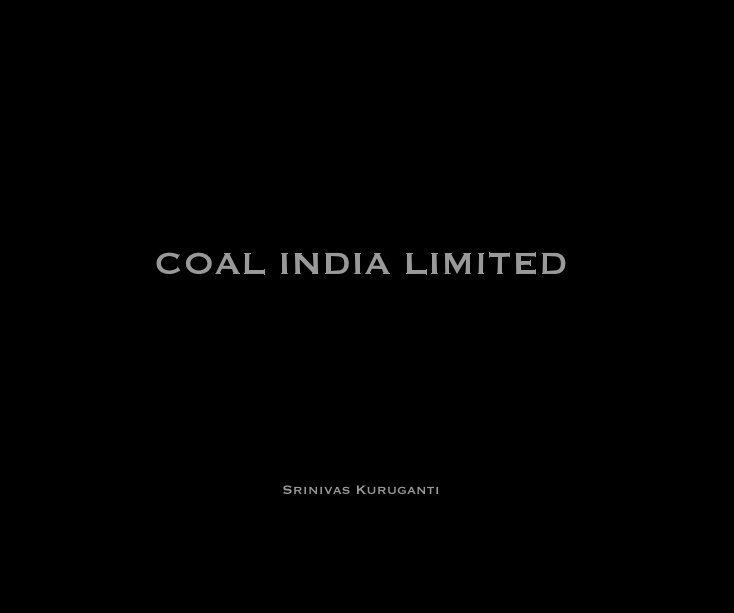About the Book
The state of Jharkhand in northeast India has been the epicenter of India's coal mining industry for the past 100 years. The state accounts for 29 percent of India’s coal reserves. It has reserves of over 72,000 million tons of coal and approximately 80 million tons are extracted each year.
Much of the Jharkhand’s vast mineral resources, including coal, are located under forests. Rampant and unregulated mining has converted forests into wastelands and made the region uninhabitable for the local population of Adivasis (tribals) who rely largely on the forests for sustenance. Local communities have been displaced and many have lost their means of livelihood. According to estimates over a million Adivasis were displaced between 1950 and 2000.
Jharkhand is also one of the poorest states in India plagued by a weak infrastructure and a lack of basic amenities. More than half the state does not have access to clean drinking water. Illiteracy is one of the highest compared to the rest of the country. Communities in mining areas also face the problem of underground coal fires. In Jharia, a major coal-mining town, there are hundreds of underground fires that first started more than 90 years ago when private companies began mining there. Bokapahari is another area where the fires are so widespread that most families have been forced to relocate many miles away.
Coal India Limited, the national coal company, is the largest corporate employer in the country. It is also the largest coal producing company in the world. Estimates put their profits at a billion dollars annually.
India, with a population of over one billion relies heavily on coal. About 70 percent of the country's coal production is used in the thermal power industry. As the demand for coal increases, the state-controlled industry is rapidly leaning towards more destructive forms of mining.
Much of the Jharkhand’s vast mineral resources, including coal, are located under forests. Rampant and unregulated mining has converted forests into wastelands and made the region uninhabitable for the local population of Adivasis (tribals) who rely largely on the forests for sustenance. Local communities have been displaced and many have lost their means of livelihood. According to estimates over a million Adivasis were displaced between 1950 and 2000.
Jharkhand is also one of the poorest states in India plagued by a weak infrastructure and a lack of basic amenities. More than half the state does not have access to clean drinking water. Illiteracy is one of the highest compared to the rest of the country. Communities in mining areas also face the problem of underground coal fires. In Jharia, a major coal-mining town, there are hundreds of underground fires that first started more than 90 years ago when private companies began mining there. Bokapahari is another area where the fires are so widespread that most families have been forced to relocate many miles away.
Coal India Limited, the national coal company, is the largest corporate employer in the country. It is also the largest coal producing company in the world. Estimates put their profits at a billion dollars annually.
India, with a population of over one billion relies heavily on coal. About 70 percent of the country's coal production is used in the thermal power industry. As the demand for coal increases, the state-controlled industry is rapidly leaning towards more destructive forms of mining.
Features & Details
-
Project Option: Standard Landscape, 10×8 in, 25×20 cm
# of Pages: 94 - Publish Date: Jan 31, 2011
See More

